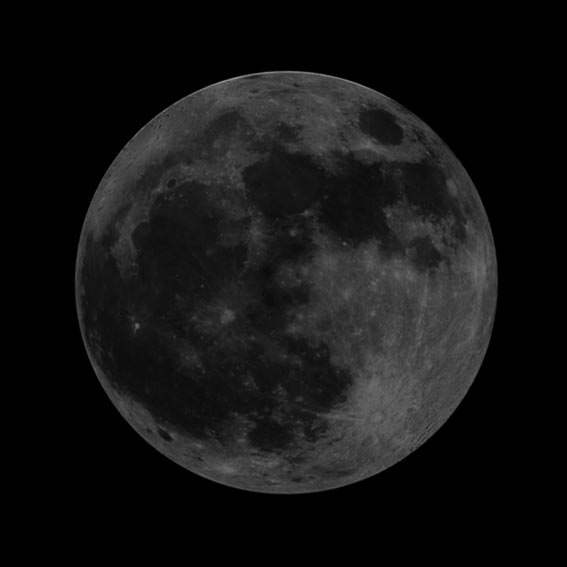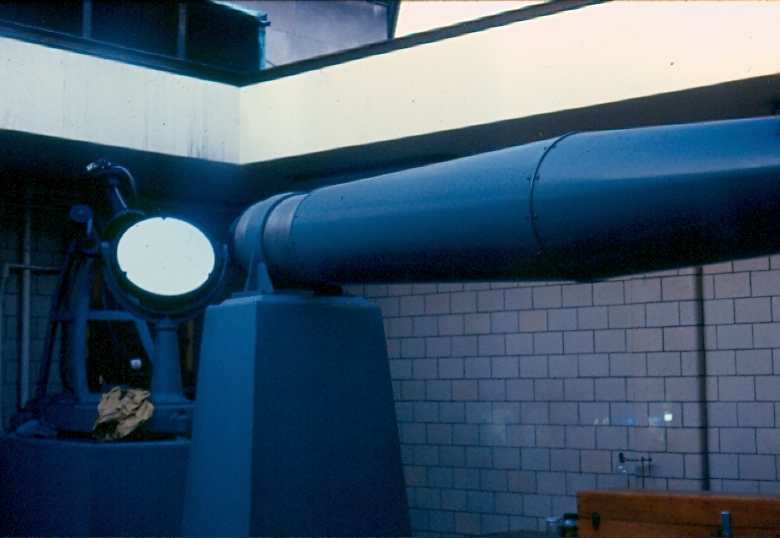
Extremely slight Waxing Crescent just after New Moon Phase, the time of the
month when the side of the Moon facing Earth is truly the 'Dark Side of the Moon.'
(Image Sources: U.S. Naval Observatory, Slate.com )
By Glenn A. Walsh
Reporting for SpaceWatchtower
The day of the February lunar phase of New Moon marks
the first day of the Lunar New Year, celebrated in many East Asian
cultures. This month, the New Moon occurs on Monday, 2016 February 8
at 9:39 a.m. Eastern Standard Time (EST) / 14:39 Coordinated
Universal Time (UTC) (Lunation No. 1152).
The most prominent of Lunar New Year
celebrations, of course, is the Chinese New Year. Today, the Chinese
celebrate the beginning of the Year of the Monkey (sometimes known as
the Year of the Red Monkey or the Year of the Fire Monkey), year
4714. The Year of the Monkey is the ninth of the 12-year cycle of
animals of the Chinese Zodiac, related to the Chinese Calendar.
The Chinese do not normally number
their years, as do western calendars. Hence, the year 4714 is derived
beginning with the reign of the Yellow Emperor from the 3rd
Millennium BCE. However, scholars differ on the date of the actual
'year 1' of the Chinese calendar, so instead of 4714, some
researchers consider this year to be 4713 or 4653.
The Lunar New Year occurs on the day of
the New Moon, near the mid-point between the Winter Solstice
(beginning of the season of Winter) and the Vernal Equinox (beginning
of the season of Spring). The Lunar New Year can occur on any date
between January 21 and February 20. These cultures do celebrate the
holiday, beginning at 12:00 Midnight on the day of the New Moon, in
their respective time zone.
Although known mostly as “Lunar New
Year,” most of these cultures actually follow a Lunisolar Calendar,
which indicates both the Moon Phase and beginning of a month, as well
as a Solar Year and the appropriate season of the year. While the
Lunisolar Calendar is primarily used for local holidays and
celebrations, for civil and business purposes the Gregorian Calendar of Western Civilization
is used in most of these societies.
In a Lunisolar Calendar, the months are
coordinated to the cycles of the Moon. The length of the year is
adjusted, periodically, to stay relatively synchronized with the
Solar Year. The Solar Year, also known as the Tropical Year, is the
period of time from one point in the calendar, until returning to the
same point in the calendar the following year (example: Vernal
Equinox to Vernal Equinox the next year).
In China, as well as in much of East
Asia, the Lunar New Year is steeped in tradition. Also known as the
Spring Festival, this centuries-old holiday was a time to honor
deities and ancestors. It has been observed, and continues to be
observed, in many East Asian cultures including China, Tibet, Hong
Kong, Taiwan, Mongolia, Macau, Singapore, Thailand, Cambodia,
Indonesia, Malaysia, Mauritius, the Philippines, Brunei, and by
traditionalists in Japan, as well as in ethnic Asian populations
around the world. Lunar New Year celebrations can be found in the
Chinatown and other Asian districts of several North American cities.
Lunar New Year, not reckoned by the
Chinese Lunisolar Calendar, is also observed in Korea (Seollal) and
Vietnam (Tet). Tet is actually the shortened name of the Vietnamese
celebration of Tet Nguyen Dan, which is Sino-Vietnamese for "Feast
of the First Morning of the First Day," which is celebrated as
the first day of Spring. During the Vietnam War, the Viet Cong and
the military of North Vietnam launched a major offensive against
South Vietnam and the United States forces (Tet Offensive), at the beginning
of the Tet Lunar New Year on 1968 January 30.
More on the Chinese New Year: Link >>> https://en.wikipedia.org/wiki/Chinese_New_Year
More on the Lunar New Year: Link >>> https://en.wikipedia.org/wiki/Lunar_New_Year
More on the Lunisolar Calendar: Link >>> https://en.wikipedia.org/wiki/Lunisolar_calendar
More on the Year of the Monkey: Link >> https://en.wikipedia.org/wiki/Monkey_%28zodiac%29
More on the Tet Offensive: Link >>> https://en.wikipedia.org/wiki/Tet_Offensive
Source: Glenn A. Walsh Reporting for SpaceWatchtower, a project of Friends of the Zeiss.
2016 February 8.

2016: 75th Year of Pittsburgh's Buhl Planetarium Observatory
Link >>> http://buhlplanetarium2.tripod.com
Want to receive SpaceWatchtower blog posts in your inbox ?
Send request to < spacewatchtower@planetarium.cc >..
gaw
Glenn A. Walsh, Project Director,
Friends of the Zeiss < http://buhlplanetarium.tripod.com/fotz/ >
Electronic Mail - < gawalsh@planetarium.cc >
SpaceWatchtower Blog: < http://spacewatchtower.blogspot.com/ >
Also see: South Hills Backyard Astronomers Blog: < http://shbastronomers.blogspot.com/ >
Barnestormin: Writing, Essays, Pgh. News, & More: < http://www.barnestormin.blogspot.com/ >
About the SpaceWatchtower Editor / Author: < http://buhlplanetarium2.tripod.com/weblog/spacewatchtower/gaw/ >
SPACE & SCIENCE NEWS, ASTRONOMICAL CALENDAR:
< http://buhlplanetarium.tripod.
Twitter: < https://twitter.com/spacewatchtower >
Facebook: < http://www.facebook.com/pages/
Author of History Web Sites on the Internet --
* Buhl Planetarium, Pittsburgh:
< http://www.planetarium.
* Adler Planetarium, Chicago:
< http://adlerplanetarium.
* Astronomer, Educator, Optician John A. Brashear:
< http://johnbrashear.tripod.com >
* Andrew Carnegie & Carnegie Libraries:
< http://www.andrewcarnegie.
* Civil War Museum of Andrew Carnegie Free Library:
< http://garespypost.tripod.com >
* Duquesne Incline cable-car railway, Pittsburgh:
< http://inclinedplane.tripod.
* Public Transit:
< http://andrewcarnegie2.tripod.
This comment has been removed by a blog administrator.
ReplyDeleteI found your this post while searching for some related information on blog search...Its a good post..keep posting and update the information. Lunar New Year
ReplyDeleteThis comment has been removed by the author.
ReplyDeletec3m87d6z29 n4o08w0k74 n9i41u0d73 s5u50g6t87 a9s29n5d94 c9v64b3q19
ReplyDelete